|
Choishimichi
Walkc.3@
|
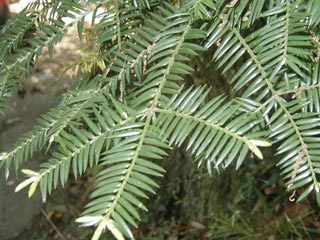 |
Kayatree(Nutmegtree)
Nutmeg trees you can see in the neighborhood of
the Daimon (Great Gate) at the entrance to Koyasan
Picture of the confiers on which fruits of the
Nutmeg tree grow. The fruit of the nutmeg tree contains white seeds from which
oil can be produced.
|
|
Between the stone marker 157 and 156 you will
find a large platform with a crossing commonly called gZenitsuboh which is
located in the area of Yamazaki.
This place is also accessible by car. In the
cemetery of the Oku-no-in on Koyasan you wiil find hundreds of thousand of
grave stones which were carried by this stone marker path. The steep gradient,
often a very narrow way impost a lot of labour on coolies and additionally
it was also so dangerous that coolies often escaped. To encourage the coolies
for the job the gZenitsuboh, a ceramic vase-like container filled with money
was placed near the deep gradient so that they could take out as much
money as they could with one hand at a
time.
|
|
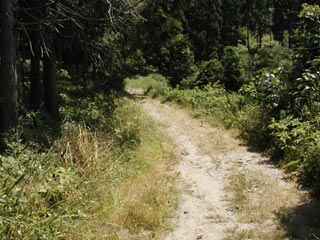 |
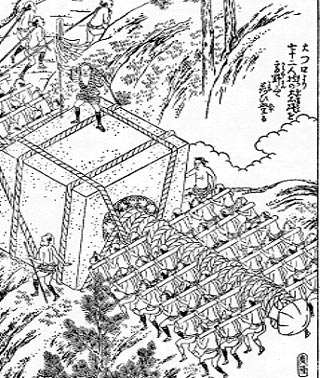 |
|
Putting one hand into the neck of the gZenitsuboh
in order to grasp the money was very easy, but pulling back the round fist with
money became quite difficult, because the neck was quite narrow. Maybe itfs
similar to the lottery during the sale period in shopping areas?
Isnft there any old money still under the
ground?
gZenitsuboh platform
|
|
Drawing of the 72 coolies ( Drawing of the
famous place of Kinokuni)
|
| @ |
|
For a while a more gentle gradient permits a
pleasant walk on the hiking path while the refreshing phytoncide of the wood
pours over you. Between the stone marker 148 and 147 a Buddhist sculpture
representing Kobo Daishi will catch the attention of hikers. It is said that
praying in front of this Kobo Daishi is
equivalent to having prayed in front of the far mausoleum on Koyasan.
Every year during the day of the Mieku ceremony (Memorial service for Kobo
Daishi), (lunar calendar the 3rd month, 21st Day)
volunteers of the village offered a welcome service offering rice balls and tea
for visitors on the way to Koyasan. Therefore this area is called gSettai-joh,
a service place.
|
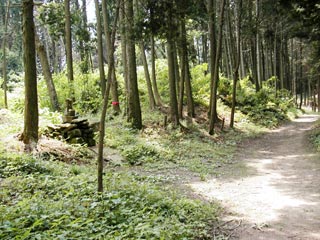
Continuation of the flat path in the wood. You
leave the car at gZenitsuboh, walk
tohRoppon Sugih and back (4 km). This path is called the path of philosophy.
gSettai-joh between the stone marker 148 and 147
|
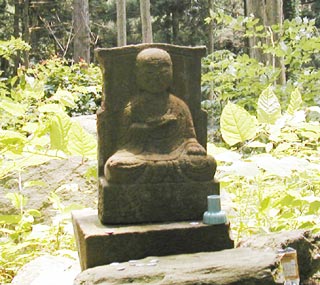
Buddhist stone sculpture of Kobo Daishi
|
|
|
|
|
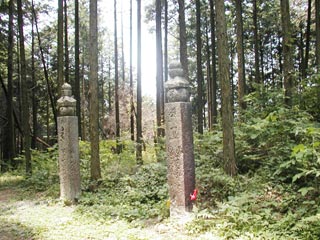 |
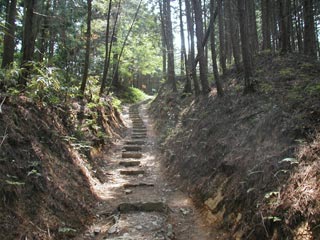 |
| @@@@Stone marker 144 and gRisekih
Close to the Stone marker 144 is the first
gRisekih. One grih is equivalent to 36 chou. This kind of measure for distance
originated in Koyasanc..(1 ri equal to 36 cho is 3.927 km).
|
Stone marker 136 at gRoppon sugih at the end of
the stone stairs
Letfs have a rest here at gRoppon sugih!
|
@ |
 |
|
|
|
|